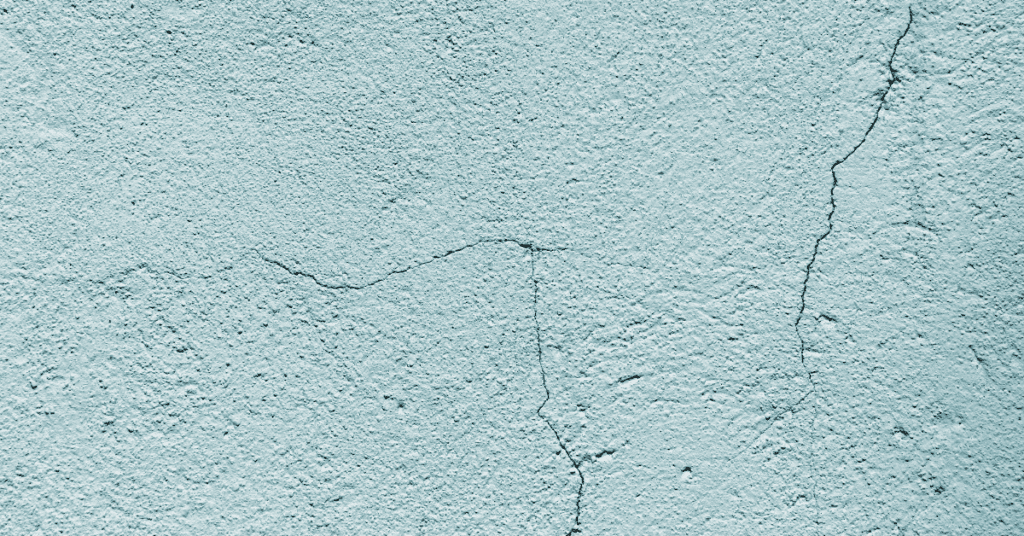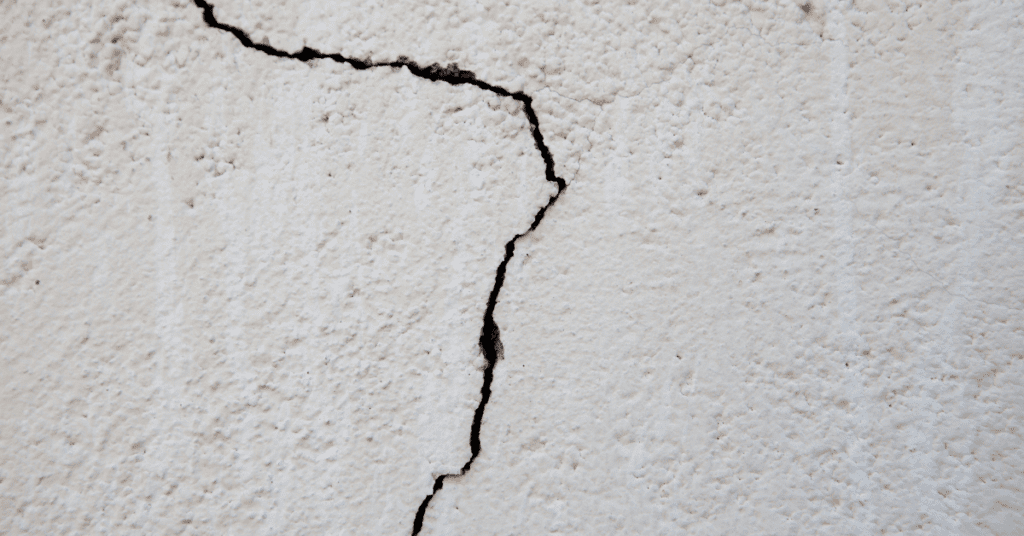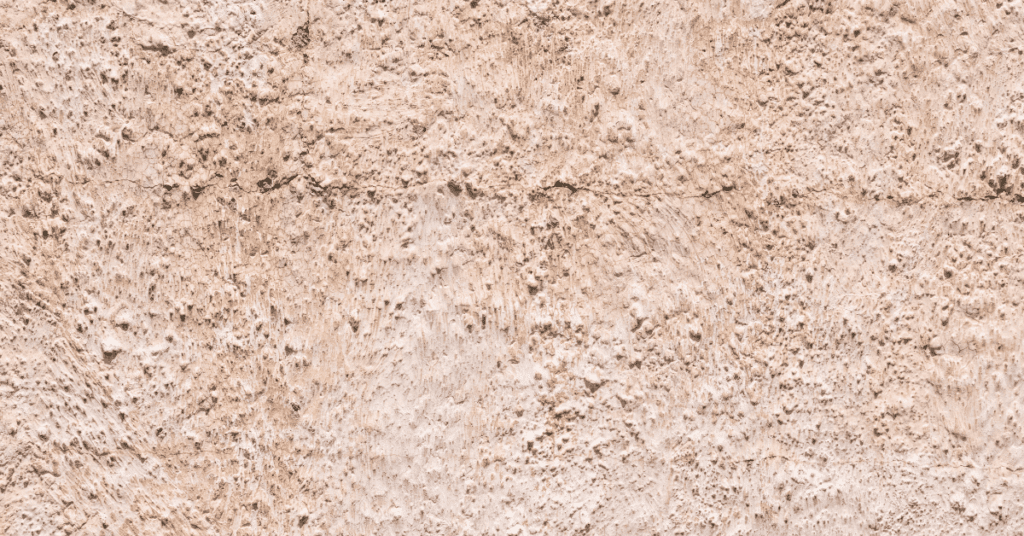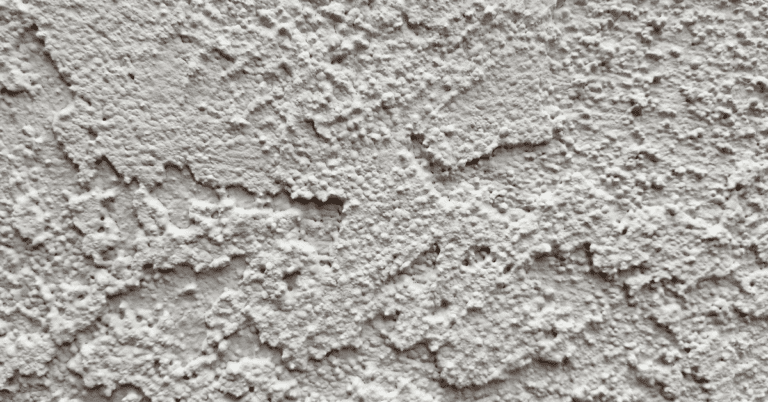Stucco is an affordable, long-lasting, and low-maintenance siding option for many homes and buildings. And while it’s a great choice to keep your building looking its best, it needs to be monitored and maintained regularly.
Even with regular maintenance, however, sometimes stucco may need repairs. Knowing the signs of stucco damage is essential for homeowners, homebuyers, and property managers alike. This article covers 5 signs that indicate stucco needs repairs, the causes of stucco damage, and tips for stucco maintenance
What Are 5 Signs That Your Stucco Needs Repairs?
The good news is that there are several warning signs that indicate when stucco needs repair. Keep an eye out for the following signs:
1. Heavy Staining
Heavy staining could be signs of water damage, resulting in dark, damp patches, or to mold and mildew growth in moist conditions, causing green or black stains. Environmental pollutants and accumulated dirt can also lead to grime and discoloration. Additionally, efflorescence, a white powdery residue, occurs when mineral salts are drawn out from the stucco. These factors not only affect the stucco’s appearance but can also indicate underlying issues.

2. Thin Cracks
Thin cracks in stucco are commonly caused by the natural settling and shifting of a building over time, which can create stress on the rigid stucco surface. Environmental factors like temperature fluctuations can also lead to expansion and contraction of the stucco, resulting in cracking. Inadequate or improper application of the stucco mixture during installation, such as incorrect mixing or insufficient curing, can also contribute to the development of these cracks. Additionally, external impacts or vibrations, whether from construction activities nearby or heavy traffic, can cause fine cracks to appear. Addressing these cracks promptly is important to prevent water infiltration and further damage.

3. Long Cracks
Long cracks in stucco typically arise from more significant structural movements or shifts within a building. These can be due to foundation settling, seismic activity, or expansive soil conditions that exert stress on the building’s frame, consequently transferring to the stucco exterior. Additionally, prolonged exposure to harsh weather conditions, like extreme temperature variations, can cause the stucco to expand and contract, leading to longer, more pronounced cracking. In some cases, poor stucco installation, such as inadequate thickness, improper curing, or insufficient reinforcement, can also contribute to the development of long cracks. Addressing these cracks is crucial as they can compromise the structural integrity and water resistance of the stucco.

4. Bulges in the Stucco Wall Finish
Bulges or bubbles on stucco often indicate underlying moisture problems. When water seeps behind the stucco, it can cause the material to separate from its base, leading to bulging or blistering. This water infiltration can be due to various issues, such as leaks from roofs or windows, improper flashing, or damaged gutters and downspouts. Additionally, poor stucco application, including incorrect mixture proportions or inadequate curing, can also make stucco more susceptible to moisture retention and subsequent bulging. These defects not only mar the appearance of the stucco but can also signal deeper structural problems, making it important to address them promptly to prevent further damage.

5. Missing Stucco
Missing stucco often occurs due to physical impacts, like accidental hits or severe weather, which cause it to break and fall off. Water damage is another common culprit, as moisture weakens the stucco’s bond to its base, leading to crumbling or peeling. Poor installation or a substandard stucco mix can also result in poor adherence and eventual loss. Natural aging and wear also contribute to stucco deterioration over time. Prompt repair is essential to prevent further damage and maintain the structure’s integrity and appearance.

If you’ve noticed signs like heavy staining, thin cracks, or missing pieces, consider checking out this comprehensive guide to repairing old stucco for step-by-step guidance.
How Do You Maintain Stucco?
Regular maintenance is key to preserving the integrity and appearance of stucco. Start by conducting routine inspections to identify any cracks, chips, or water damage. Prompt repairs are crucial to prevent moisture infiltration. Cleaning stucco surfaces gently with a soft brush and mild detergent helps remove dirt and prevent mold growth. It’s also important to ensure good drainage around the building to avoid water accumulation near stucco walls. Hire professionals to apply a fresh coat of paint or sealant every few years to provide additional protection against the elements. For any complex repairs or if you notice signs of serious damage give us call at All Painting. Regular upkeep not only enhances curb appeal but also extends the lifespan of your stucco.
Conclusion
Stucco is a practical, aesthetically pleasing, and durable option for many homes and buildings. However, like any other material, it requires proper maintenance and attention to ensure its longevity. Recognizing the signs of stucco damage, such as heavy staining, thin or long cracks, bulges, and missing pieces, can be key in preventing minor issues from escalating into more costly repairs.
While it’s possible to undertake stucco repairs yourself, the task may require a certain level of expertise to ensure it’s done correctly and avoid potential future problems. Hiring a professional like All Painting can ensure the job is executed to a high standard. A proactive approach to stucco maintenance, including following summer maintenance tips for stucco, can help extend its life and maintain the beauty of your property. If you’re thinking of repainting after repairs, learn whether you should power wash your house before painting it to achieve the best results. While stucco is a durable option, understanding its [typical lifespan] can help homeowners plan for future maintenance and repairs.
As a property owner, maintaining your stucco is essential. Regular inspections, maintaining gutters and downspouts, keeping the surface clean, and sealing or painting when necessary are all part of this crucial process. A proactive approach to stucco maintenance can help extend its life, maintain the beauty of your property, and prevent further damages.
Whether you’re in Maple Ridge, Langley, Richmond, or any other neighboring city, we have local expertise ready to serve you. Our skilled Maple Ridge painters, Langley painters, and Richmond painters have extensive experience in dealing with stucco repairs and can offer personalized solutions tailored to your needs. Residents of New Westminster, West Vancouver, North Vancouver, and Port Coquitlam can rely on our dedication to quality. Furthermore, our Coquitlam painters, Port Moody painters, Surrey painters, Burnaby painters, and Vancouver painters are equipped to handle projects of any scale. Don’t wait! Get in touch with our team nearest to you and ensure your stucco stays in perfect condition.

